Moss Walls, Biophilic Design
Dear Readers,
Before we begin, here is our Key Term…
Biophilic Design: An attempt to bring the natural, outdoor environment, into a home or other indoor space. For example, the usage of raw wood (cross laminated timber!), windows giving views of the outdoors, and moss walls!
For fellow country woodland dwellers, biophilic design may seem unnecessary. All we have to do is walk out our back door, and BAM!
Moss, trees, leaves, ferns, birds, deer, foxes, streams, the occasional goat-eating bear…take a deep breath of earthy air..
…and continue with your day. For more urban-ish inhabitants, their world is less of the natural and untamed…and more of the ‘constructed.’ Especially for those trapped in certain urban areas by economic and social constraints, they walk out onto the street to man-made lights, blacktop, concrete, controlled lawns, sirens, fences, litter, the smell of people and vehicles…
Biophilic design is a way to bring the natural, the color green, back into manipulated, human controlled, environments. This design element improves the overall physical, mental, and emotional health of inhabitants of constructed spaces.
While biophilic design may be more critical to urban environments due to their lack of easy access to the natural, it can still be instilled and valued in rural homes and buildings as well.
In my parents’ house, I sometimes intentionally leave all the doors open, walk from the outside to inside barefoot, and allow all of the moss, leaves, bugs, and sticks that my bare feet, the wind, and the dogs carry in to remain strewn on our cork floors. My mom doesn’t appreciate this interpretation of biophilic design…So, William and I are investigating more, ‘less messy,’ ways of having ‘biophilic design’ in our home. As I have mentioned the word probably three times by now, one way is ‘moss.’
Dramatic Mood Moss
Sheet Moss Creepin’ on a Rock
I love moss. Growing up in a hollow, with a creek, and with the home being on the north side of the ‘mountain’ (it’s really more of a large hill, than a mountain…), we have an abundance of the green, fuzzy stuff. I used to read books on little beds of moss in our woods as a kid…I also used to pretend that large sections of moss were really fairy forest kingdoms…
Beyond the fact that moss inspired my child (and adult) imagination, it also has a welcoming texture. It is soft, and pleasantly squishy. Its smell is deep and earthy, and its color is vibrant. I would love for moss to be a living design element in our home.
Some of you, dear readers, may have seen a cool moss wall or two pop up on pinterest, instagram, or facebook…and that, admittedly, was my inspiration. Especially the usage of moss walls in bathrooms. It makes sense! Moss likes humidity, and if you put it in a place that naturally incurs moisture in its everyday usage, then the upkeep of your indoor garden seems relatively simple!
But how do you make one? Vogue actually provided me with one answer to that question…
- Take live moss and affix it (with tacks or natural glue) to a “corkboard with a fine layer of peat moss sandwiched in between”
- Attach the corkboard to a plate or frame and hang it on the wall.
- Soak the moss every few days, or mist it every day.1
That sounded easy enough! And it is seemingly pertty easy to grow…I helped my mom to encourage moss to spread all over our back patio (wonderfully comfy on bare feet, by the way). But I didn’t know what kind of moss that actually was…so I went to a very helpful resource, the PennState Extension’s article on Nontimber Forest Products from Pennsylvania, “Forest Moss.”
Sheet Moss on the Patio
More! Sheet Moss on the Patio
Then it occurred to me…moss is considered a ‘product.’ Especially with the growing accumulation of moss walls on Instagram, Facebook, and Pinterest…this means that moss must be harvested, transported, and sold. This means that it is being taken from a forest…just like I would be taking moss from our forest for our own moss wall. And moss certainly does not grow back quickly…
And then I found out what ‘peat moss’ is…peat moss is decomposed/decomposing moss. Its decomposition process is ‘anaerobic,’ which means it relies on no air to decompose. This makes the production of peat moss Very. Slow. Because the process is so slow, “peat moss is not considered a renewable resource.”2 Dang.
The question then changed from “how do you make a moss wall?” to, “how do you harvest moss sustainably, and make an environmentally friendly moss wall?”.
PennState Extension helped with this one!
-
Sheet moss (“loose sheets peeled from rocks and logs”) and mood moss (“tight cushions collected from rocks, logs, or the forest floor”) are the most commonly collected mosses.
-
Harvesting moss must be done gently. You can’t just go in and rip it off the ground. While that may be the quicker way to get things done, moss, like many other forest things, is a habitat for many bugs and critters~ including salamanders!
-
You also can’t remove all of the moss off of a concentrated area. Moss filters and stores water and nutrients which forests need to grow. And moss itself is a slow growing resource… It only grows between 0.25 to 2.5 inches in length annually. If all of the moss is stripped from a rock or a log, it will take approximately 20 years for the moss to recuperate. However, if one third to a half of the moss is left behind (in patches!), then it will take about 10 years to grow back.
-
Therefore, to harvest gently and sustainably, one must harvest the moss by hand…not by rake! For sheet moss, scoop your hands under the loose laying moss, and gently pull. Only take moss that comes off the surface it’s attached to easily. For mood moss, also use your hands to pick easily detached clumps. And, this part is important…DO NOT take all of the moss! Leave patches behind (at least one third) to regrow.3
An example of sheet moss growing on a tree
How to kindly gather sheet moss
An example of cute mood moss, just being cute
Collecting marvelous mood moss
Feeling slightly more knowledgeable in moss walls, I decided to go for it. With modifications, of course. Not wanting to use peat moss, the image below is the result of the first endeavor…
Moss Wall Endeavor ONE…(it does kind of look like imprisoned moss…)
Cool Detail Shot of Moss Wall Endeavor ONE
I used two pieces of aluminum grate, and sandwiched in between cork board, moss, and bark. It was a tad complicated to do, but I figured it may work…
And then I looked at my parents’ tiled shower…what if there were moss tiles? Moss grows on stone and clay planter pots without any outside intervention…and if the moss was on the tile, it would not endanger the integrity of the wall.
So, endeavor number two! I took a slate floor tile left-over from my parents’ bathroom remodel. I mixed moss with some greek yogurt to form a paste. I slobbered the yogurt paste all over the tile, and then stuck moss clumps all over.
Yogurt moss paste…it looks gross, I know
Spreading the yogurt moss paste all over that rock…Bonus points if you can spot the dog who eventually eats some of it!
Done!
Sticking Moss to Yogurt Moss Paste
The yogurt moss mixture not only helps the moss initially stick to the tile, but it apparently also helps provide nutrients and bacteria for the moss to grow (my mom apparently ‘watered’ our back patio moss with milk and beer for a while…and it worked?). Our dog also enjoyed the paste, and ended up eating some of my moss when I wasn’t looking.
The result of a hard morning’s work! Ha
Fun stuff! We shall see what happens (I feel as if I say that far too often…)! The idea is that if we can get the moss to actually thrive on the tile, then we can just install it into our shower’s tiled wall when we build our home.
Adventures. Thanks for sticking with the moss madness! Stay tuned!
Sincerely,
Shelby Aldrich
1. Bobb, Brooke. “How to Create Your Own Living Garden Wall- Just Like on Instagram,” 12 May 2016. Vogue. https://www.vogue.com/article/homes-living-wall-green-wall-plant-build. Accessed on 11 June 2020.
2. Carroll, Jackie. “Peat Moss and Gardening- Information About Sphagnum Peat Moss,” 21 April 2020. Gardening Know How. https://www.gardeningknowhow.com/garden-how-to/soil-fertilizers/peat-moss-information.htm. Accessed on 11 June 2020.
3. PennState College of Agricultural Services. “Nontimber Forest Products (NTFPs) from Pennsylvania, Forest Moss,” 19 May 2011, PennState Extension. https://extension.psu.edu/forest-moss. Accessed on 11 June 2020.
3 Comments
Submit a Comment
© 2020 Sustaining Tree
© 2020 Sustaining Tree

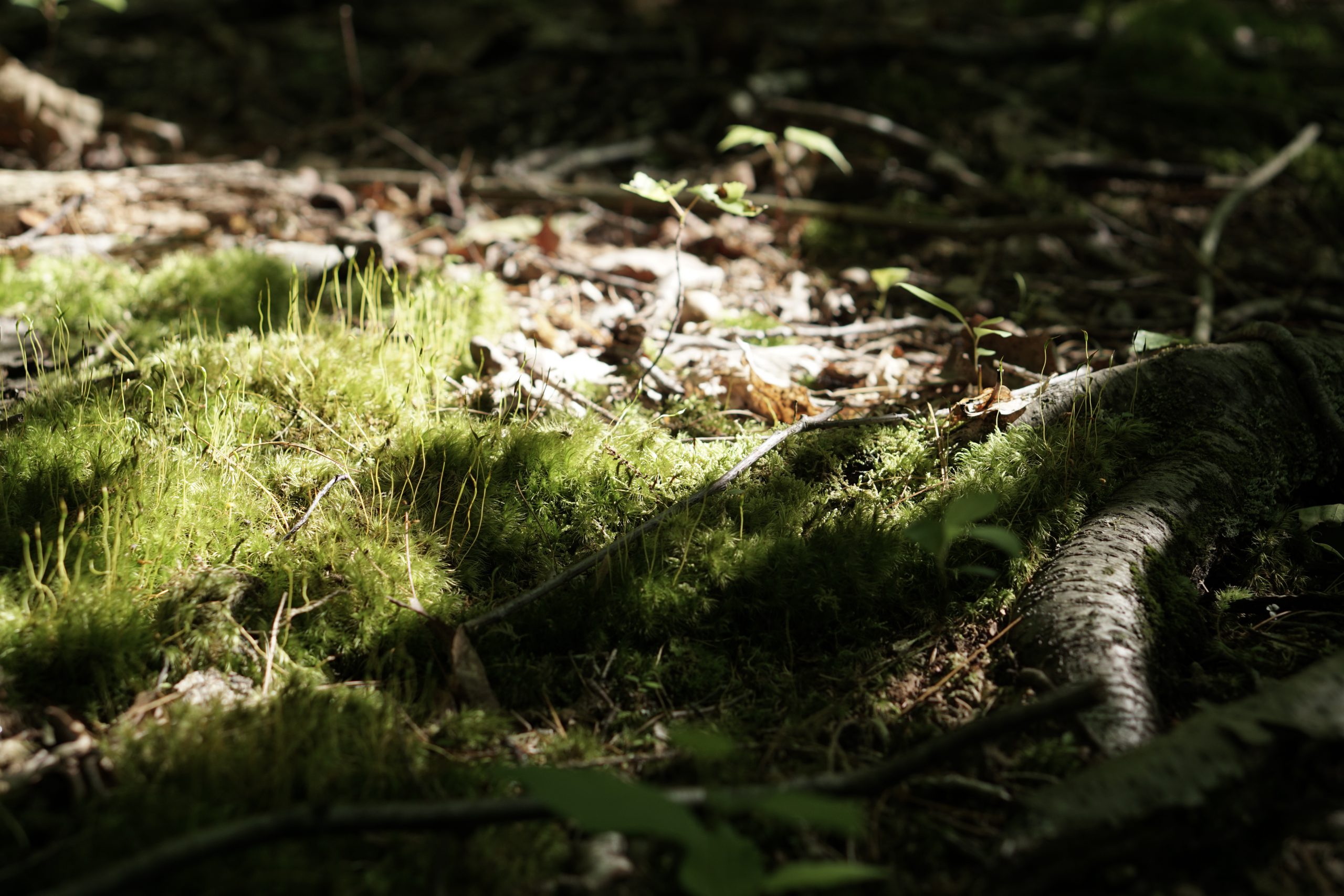
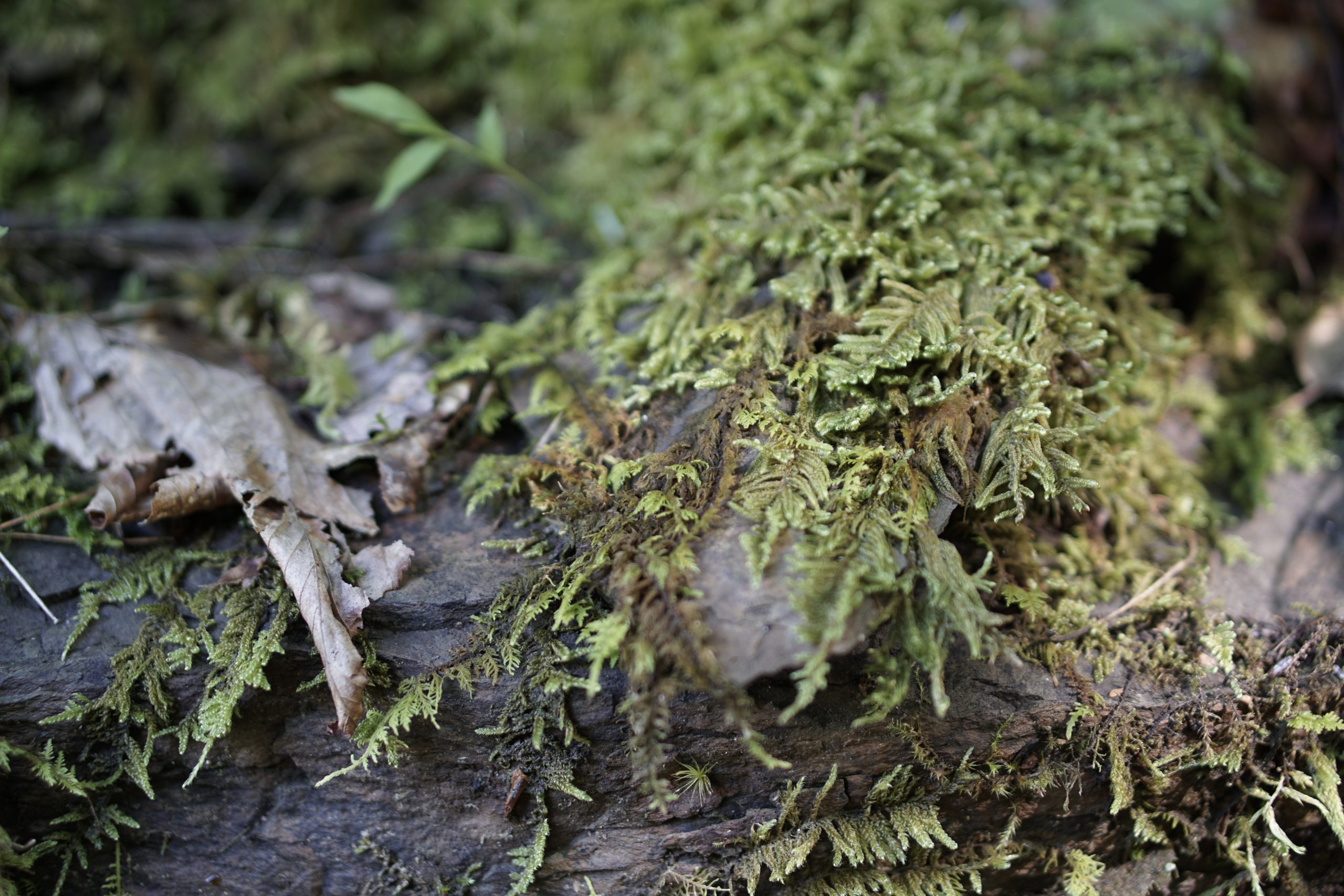
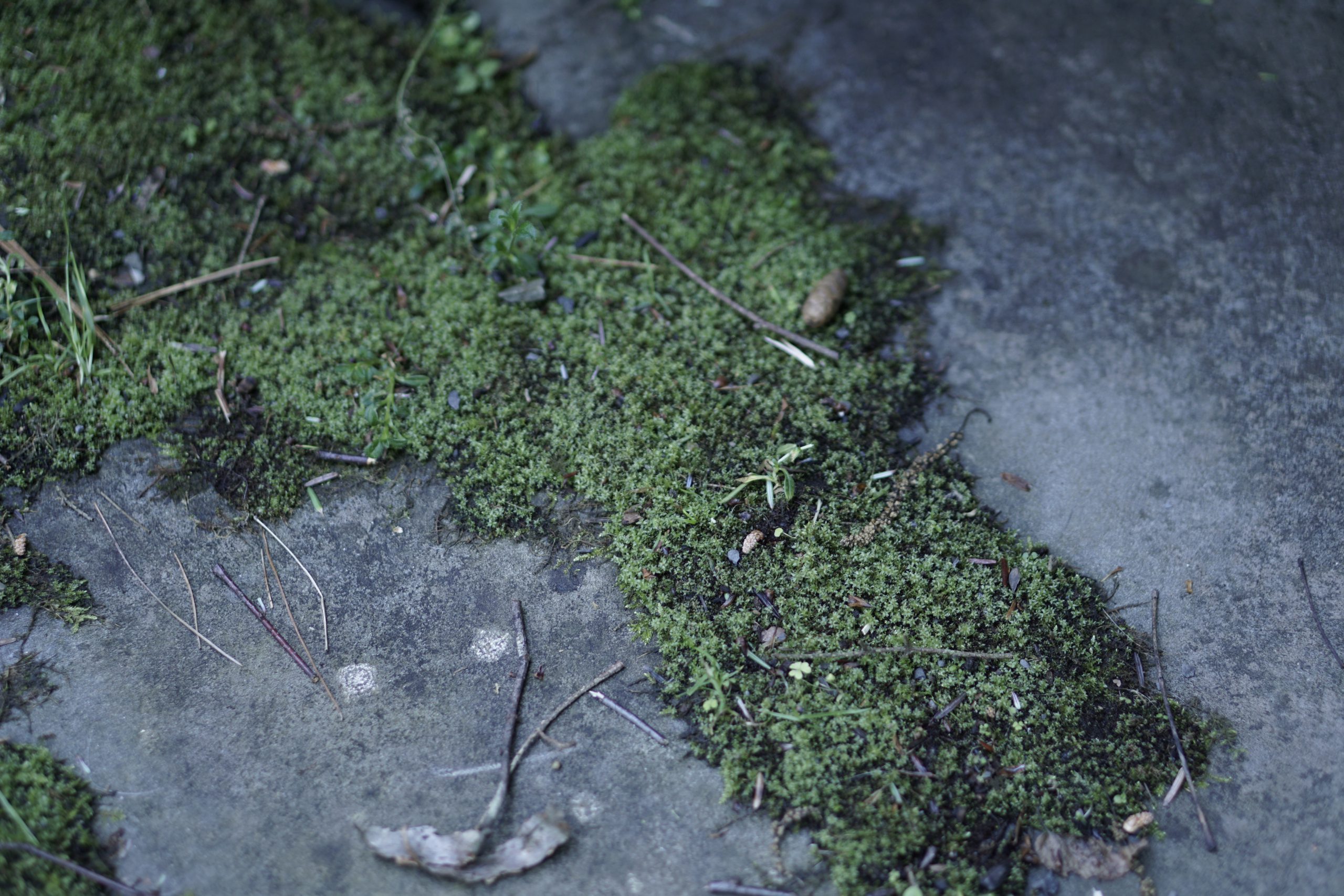
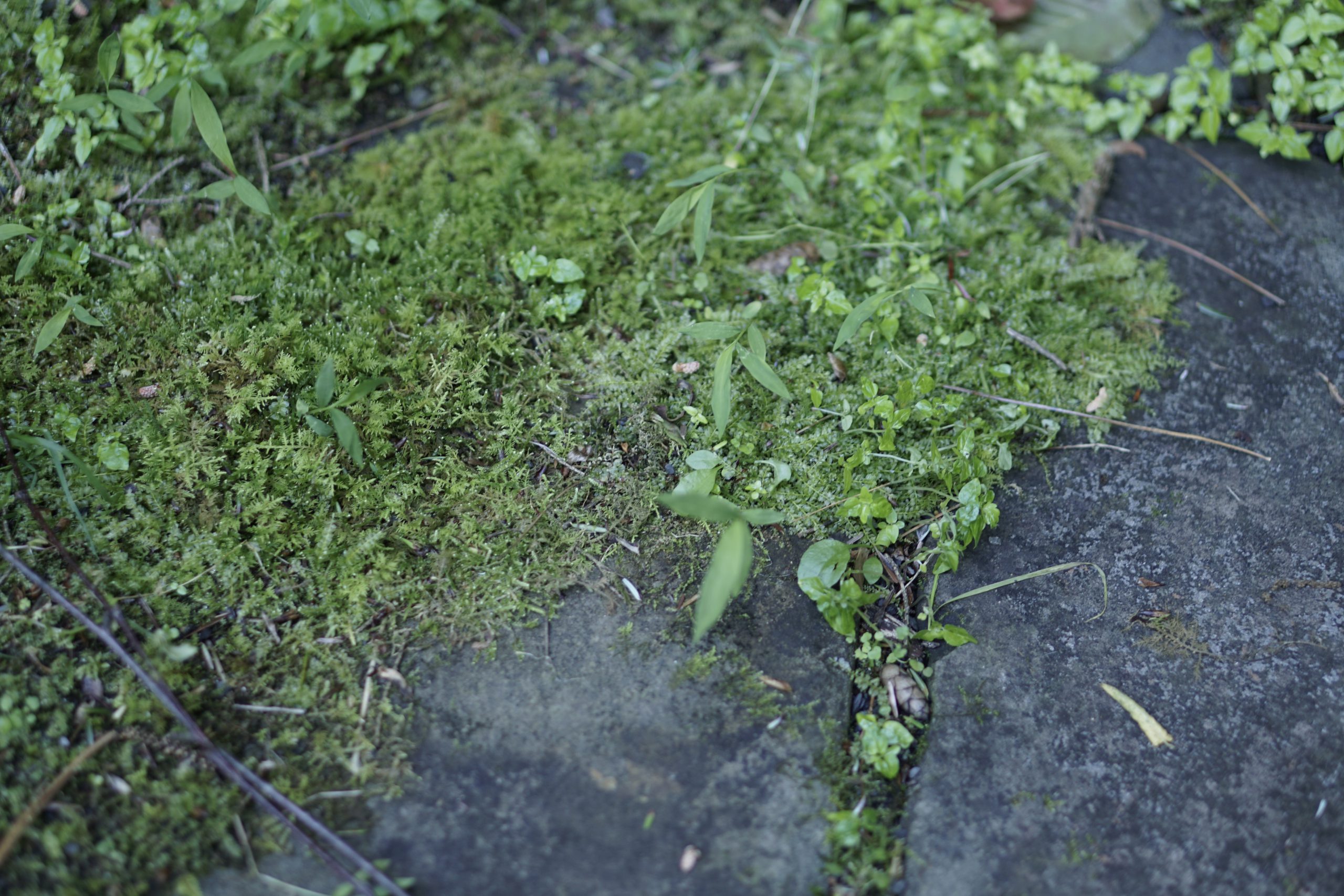
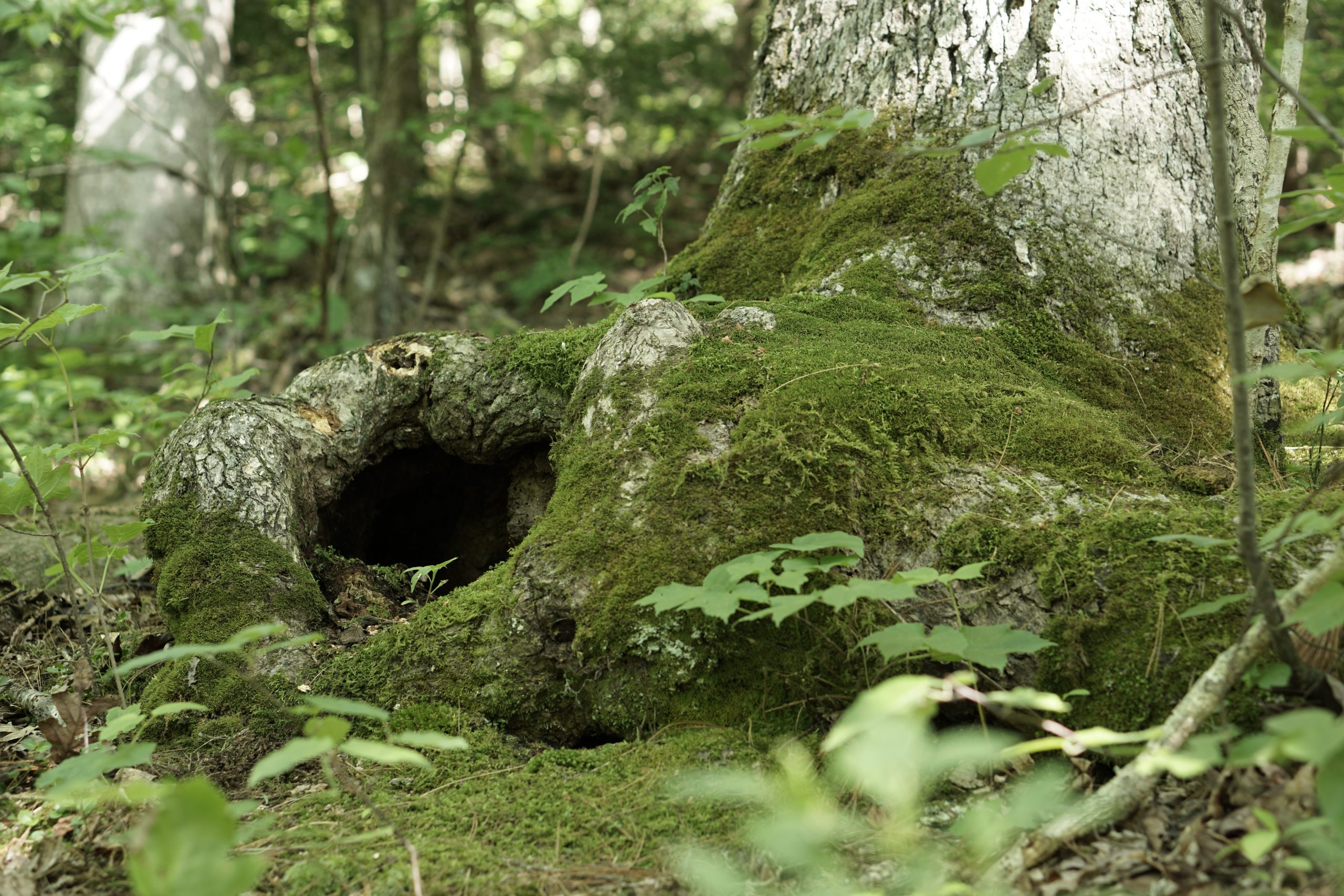
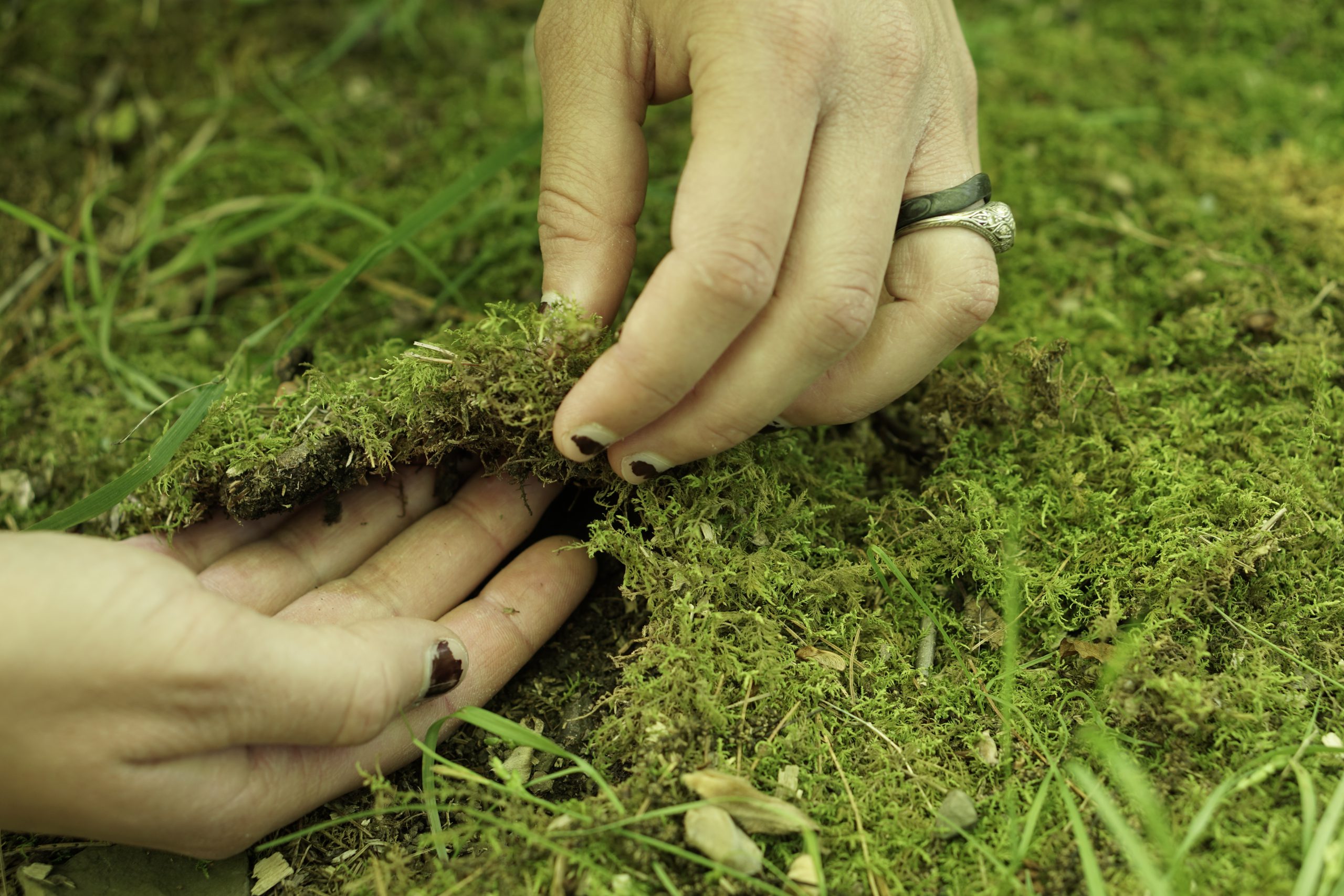
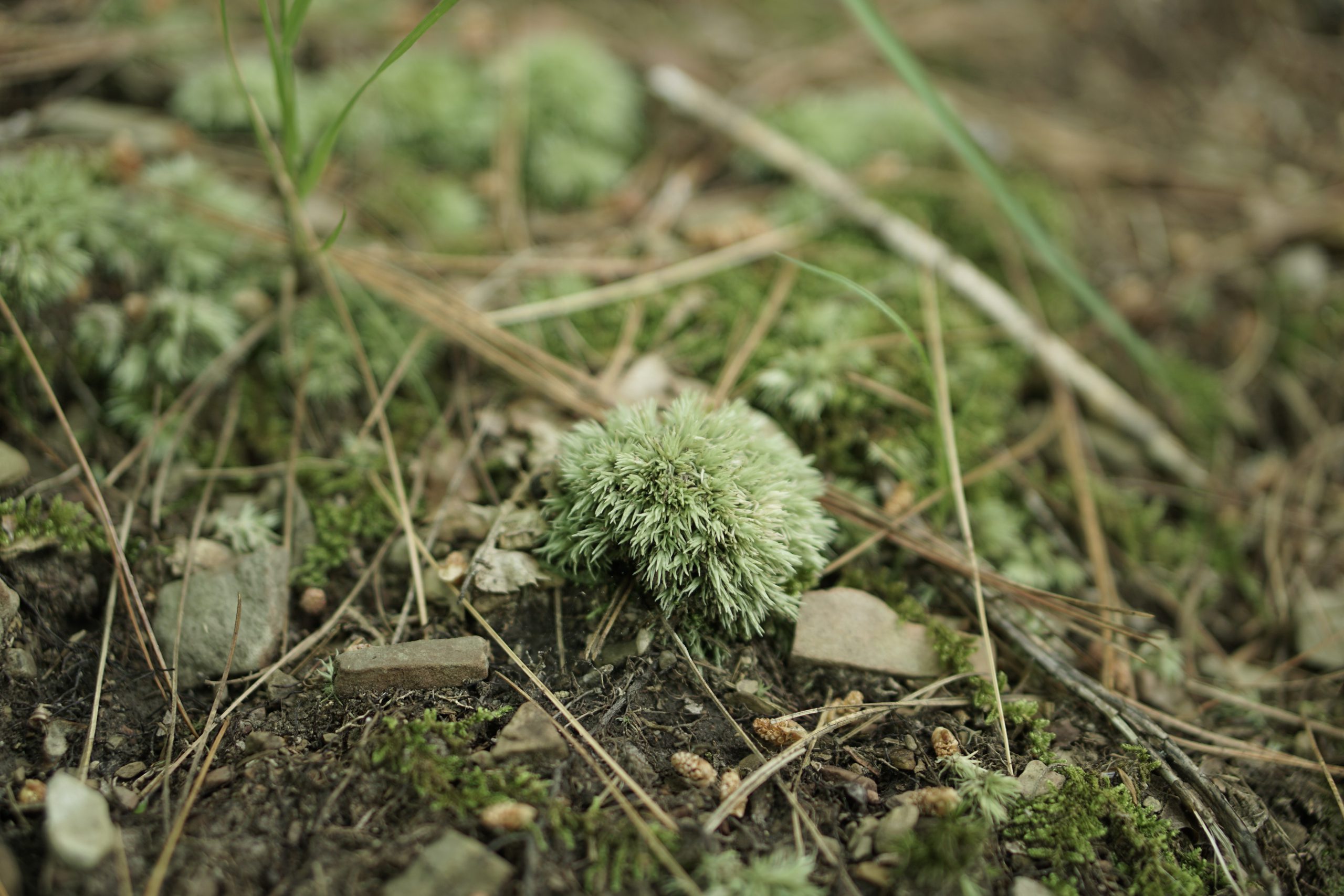

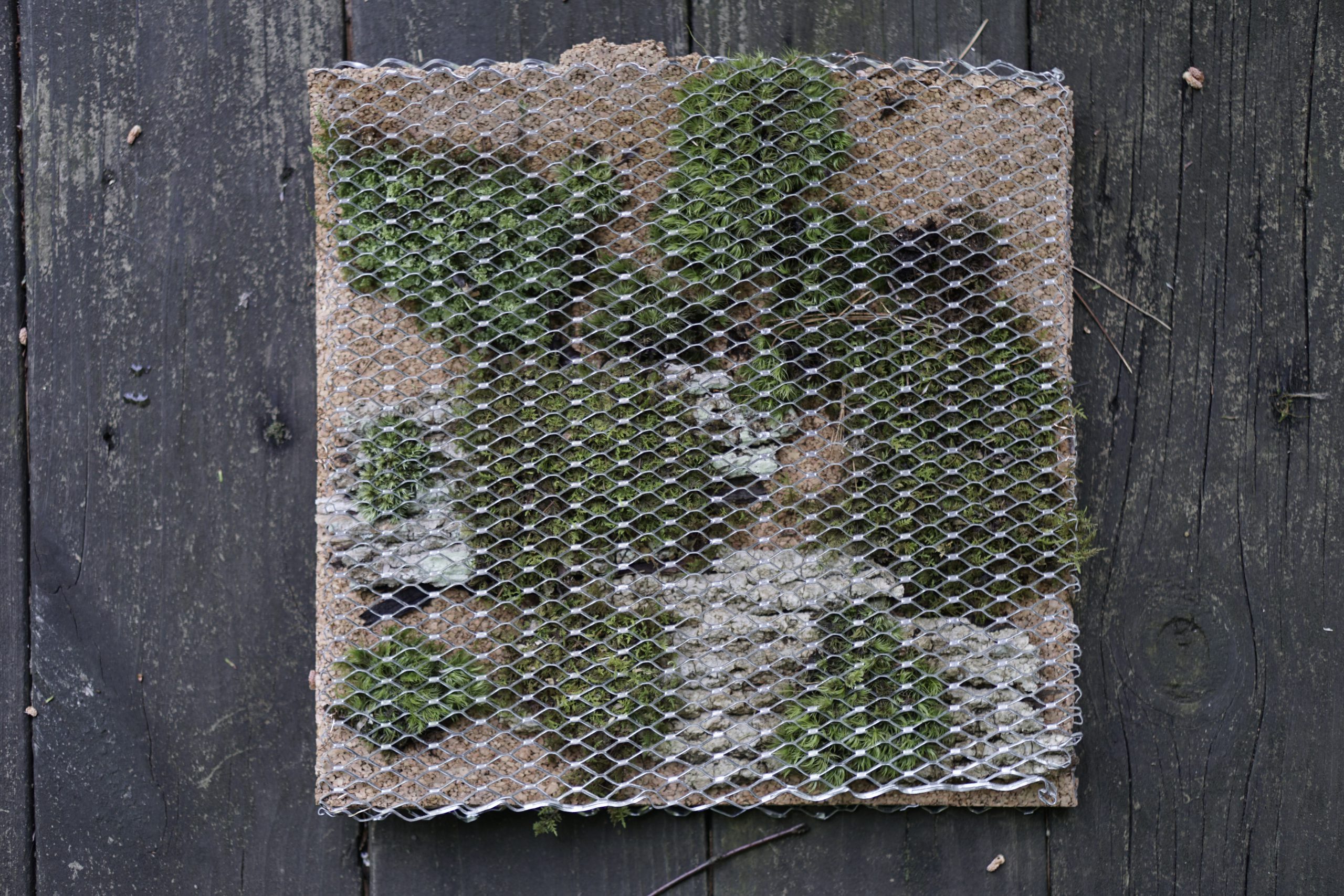
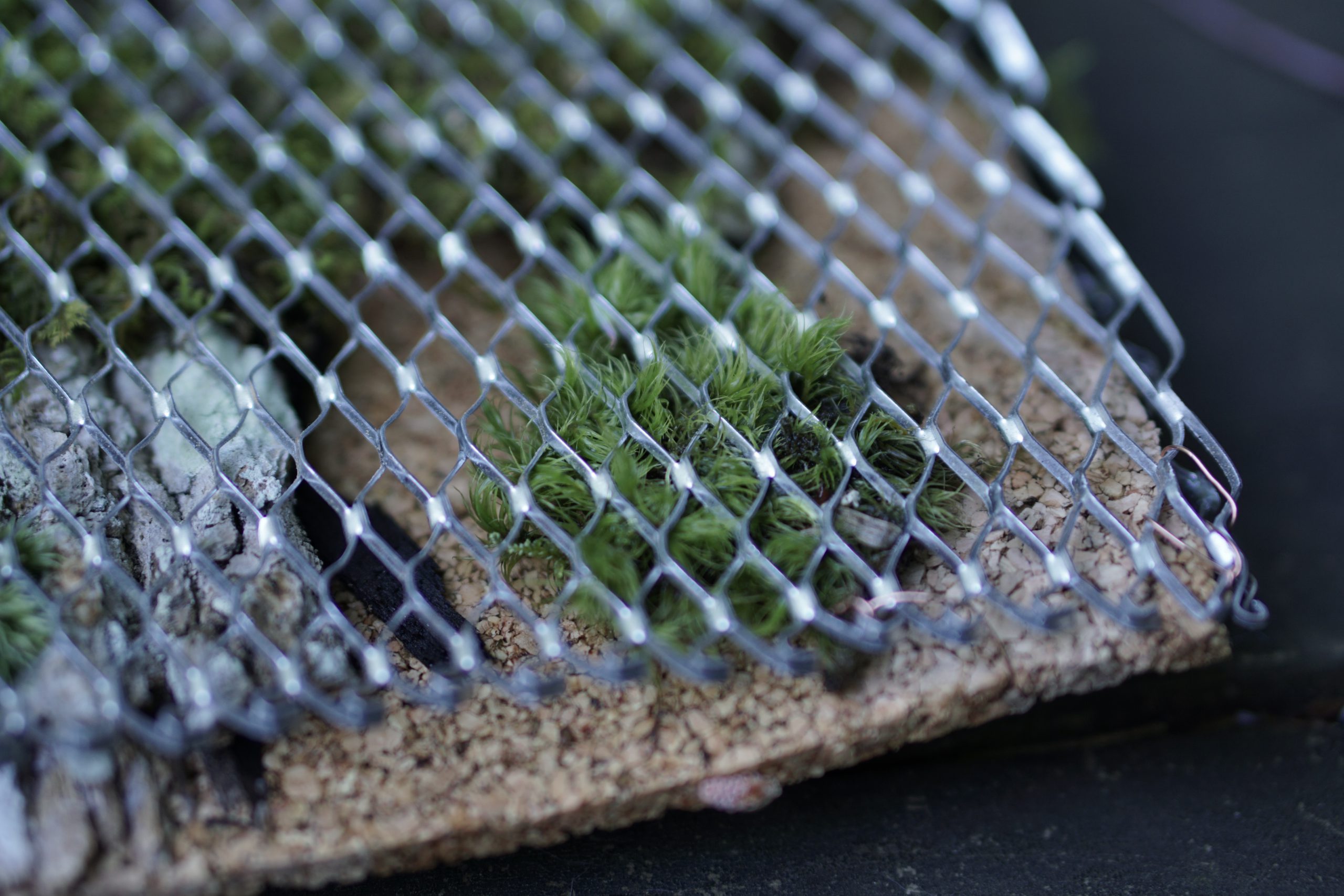
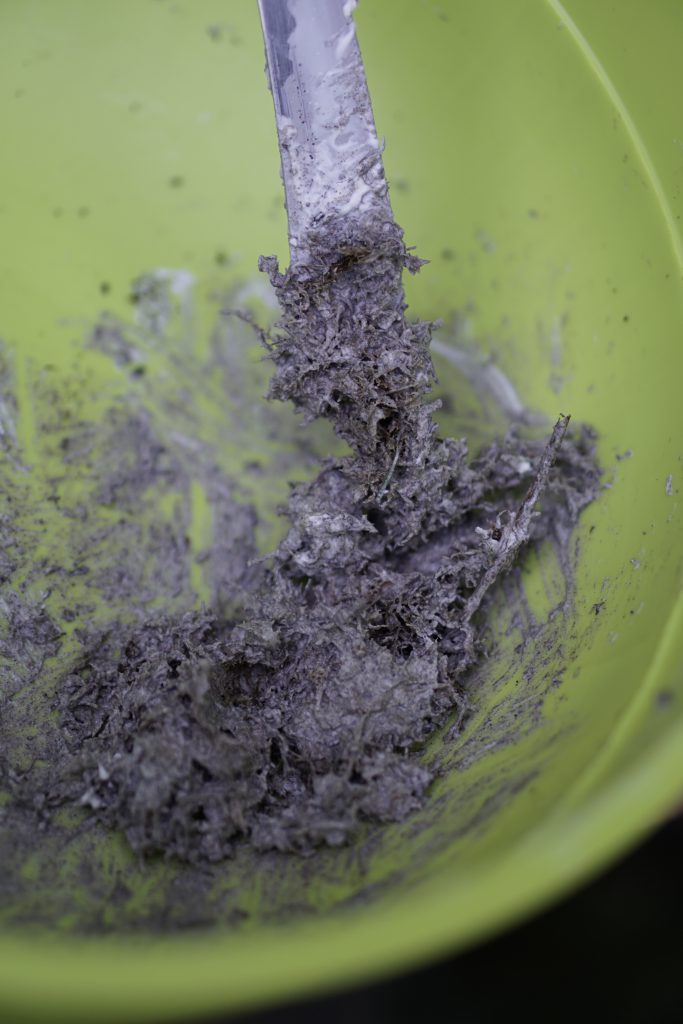
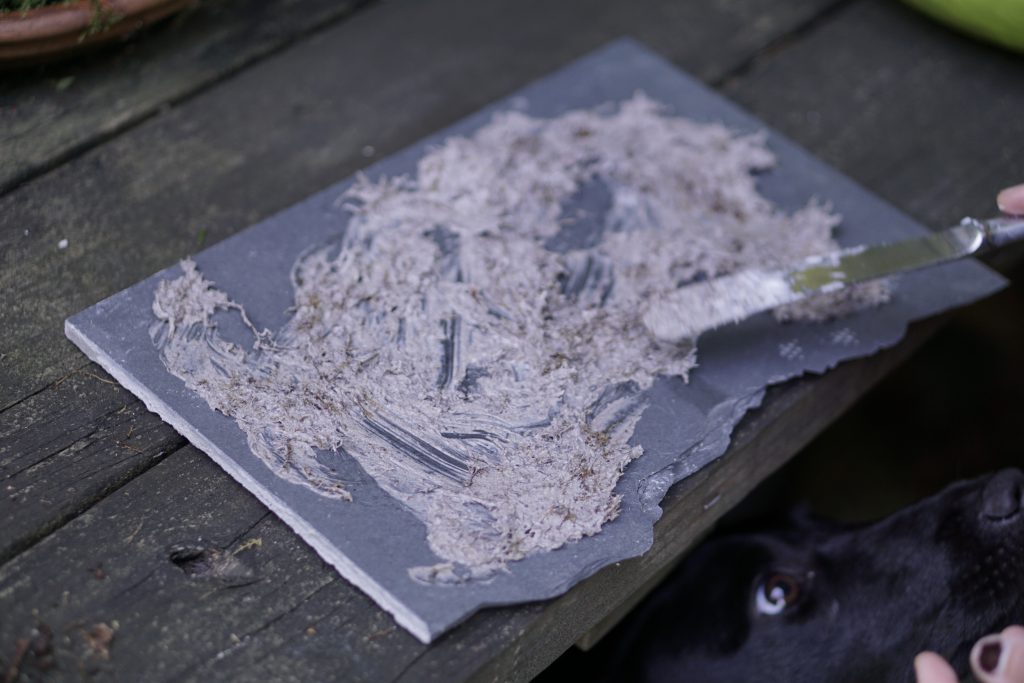
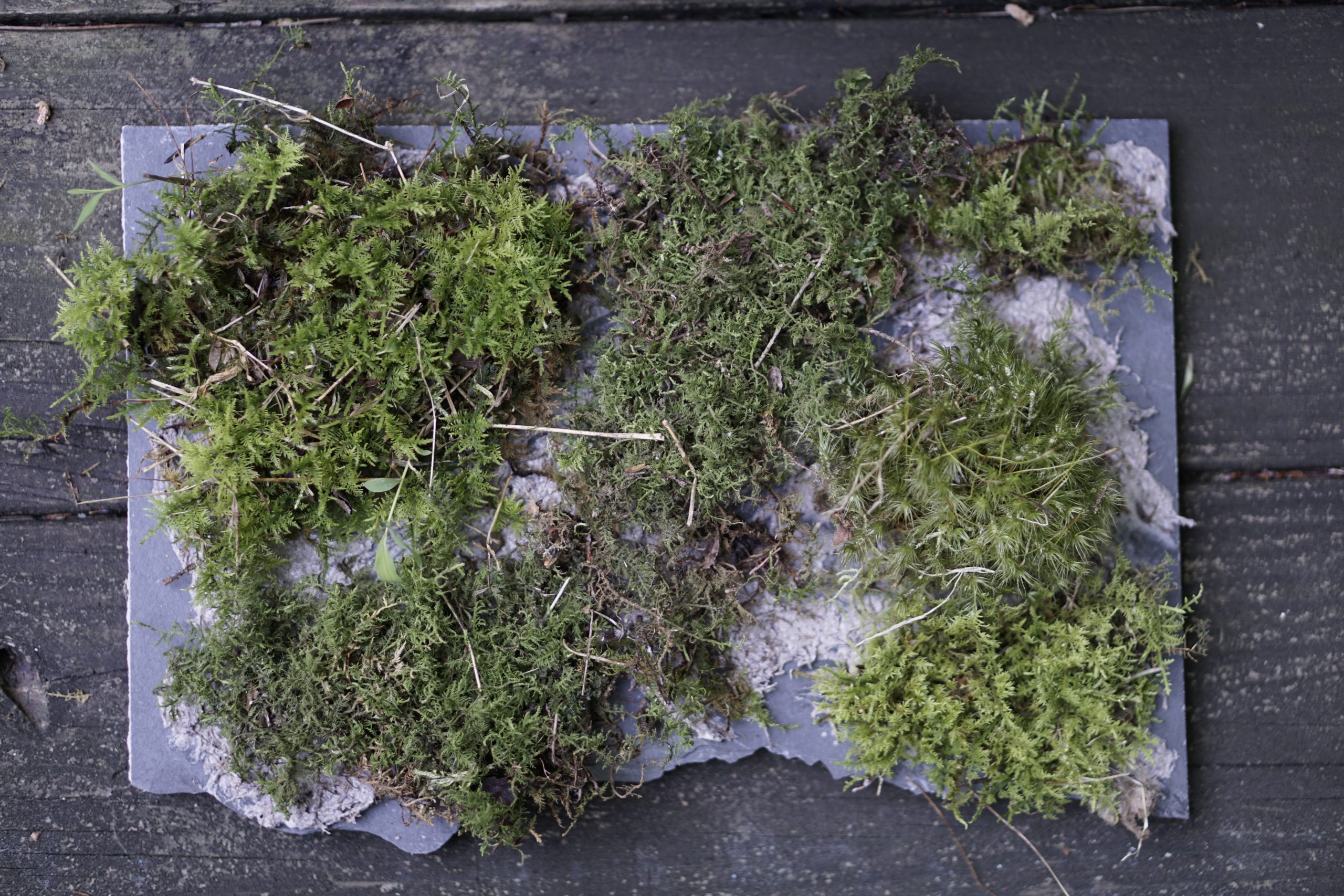

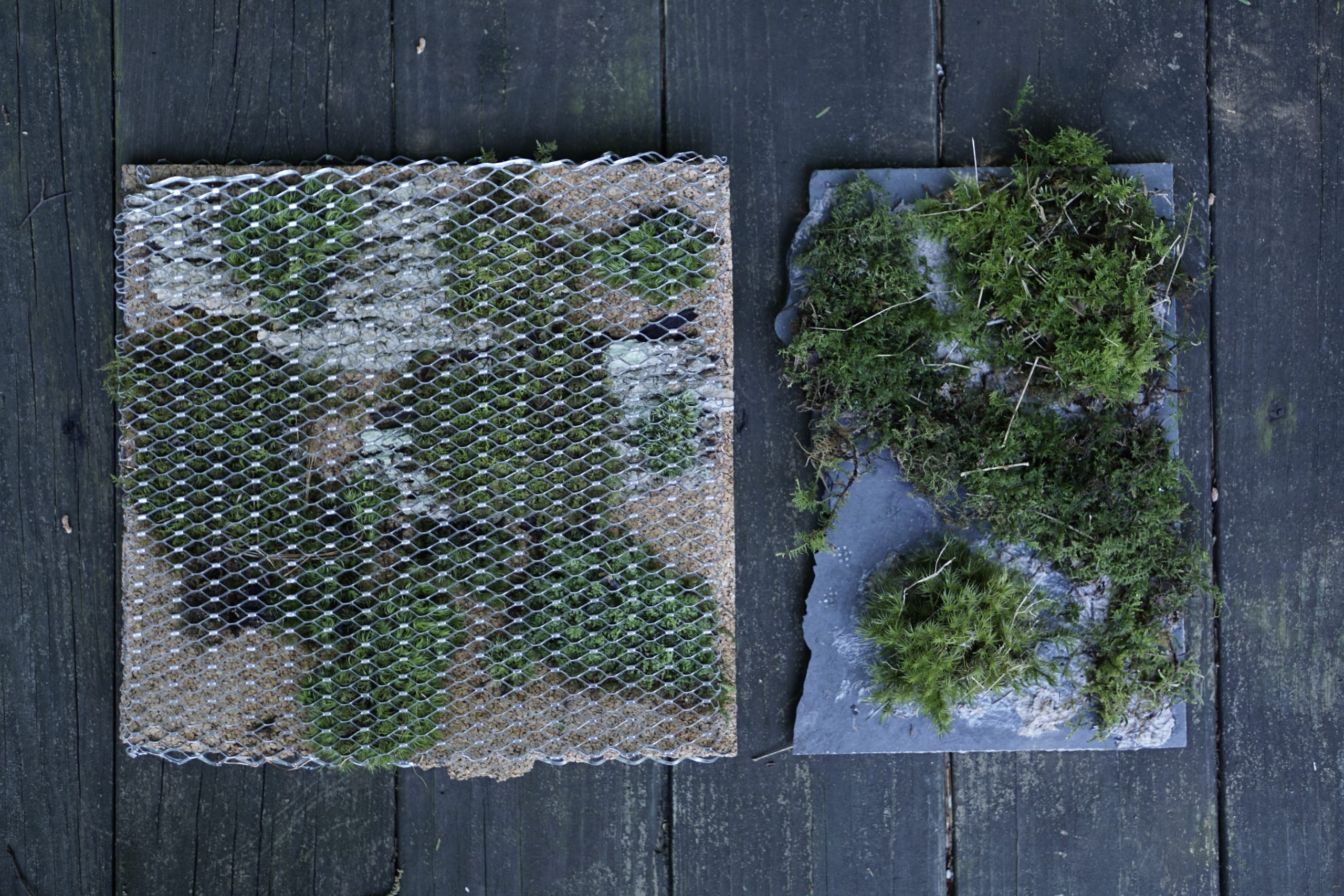
Such an awesome perspective…. and informative:) Thank you for consolidating great information!
Thank YOU for reading! 🙂
Always interesting & informative. I may never do a moss wall but I will use I’m some way. Maybe moss between tiles in the back yard? You never know.
Thank you Shelby again for information that I didn’t even know about.